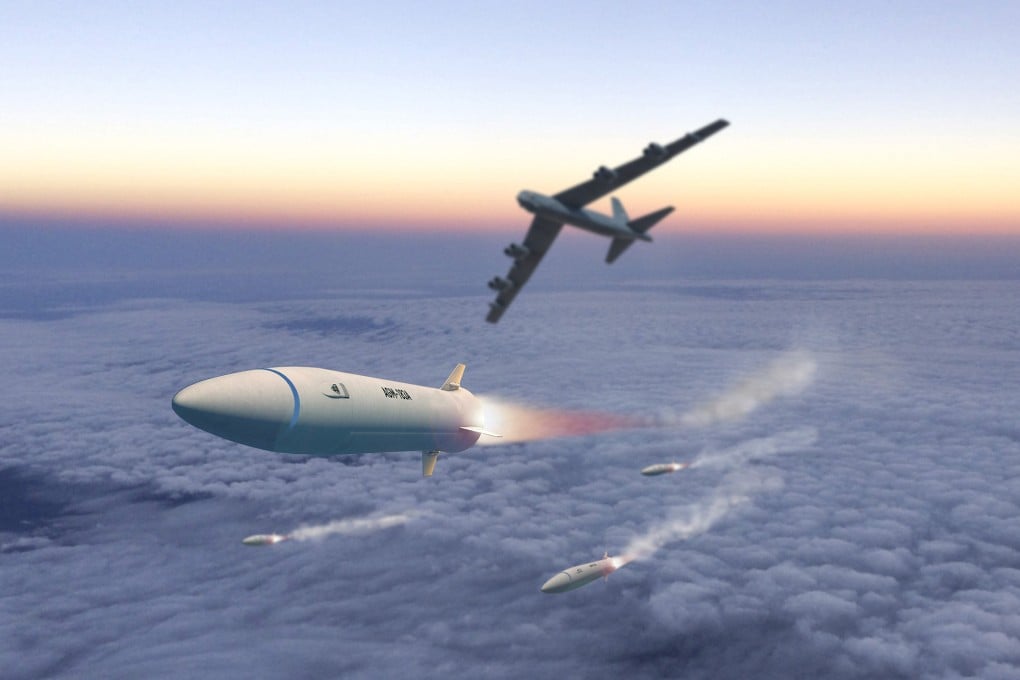US hypersonic missile test marred by in-flight data loss as China, Russia maintain edge
- Telemetry flaw in missile test was not disclosed in a US Air Force press release
- Hypersonic weapon is meant to compete with Chinese, Russian missile programmes

The second test flight of Lockheed Martin Corp’s hypersonic missile prototype was marred by the weapon’s failure to transmit in-flight performance data, two people familiar with the results said, a setback for US efforts to catch up with China and Russia in a key weapons capability.
The transmission failure and loss of data in the March 13 exercise wasn’t reported in a statement issued by the US Air Force on March 24 that said the test “met several of the objectives and team engineers and testers are collecting data for further analysis”.
After being released from a B-52H bomber off the southern coast of California, the warhead successfully separated from its rocket booster and proceeded into flight. After that, however, the data link transmitting in-flight performance information failed, said the people, who asked not to be identified discussing non-public information.
Telemetry data of the type that was lost is crucial to helping the Pentagon understanding the weapon’s flight characteristics. The flight team has begun a failure analysis, the people said. A key question is whether the failure was caused by a faulty data link or resulted from a flaw in the glider warhead.
The test was important because it’s the second of four that are planned for the prototype operational hypersonic missile, known as the Air-Launched Rapid Response Weapon, or ARRW. It’s the service’s top hypersonic programme and meant to compete with Russian and Chinese programmes that have already been successful.
Service officials want four successful flights of the prototype missile to give confidence they can declare the weapon possesses an early operational capability and proceed into production. The first test of an “All-up Round” was in December. It was a success.
